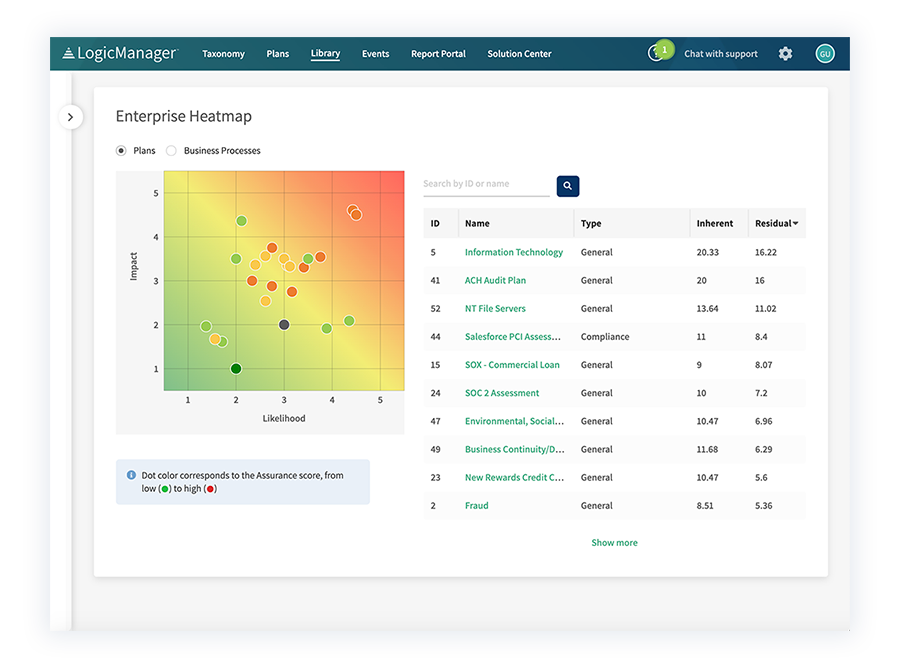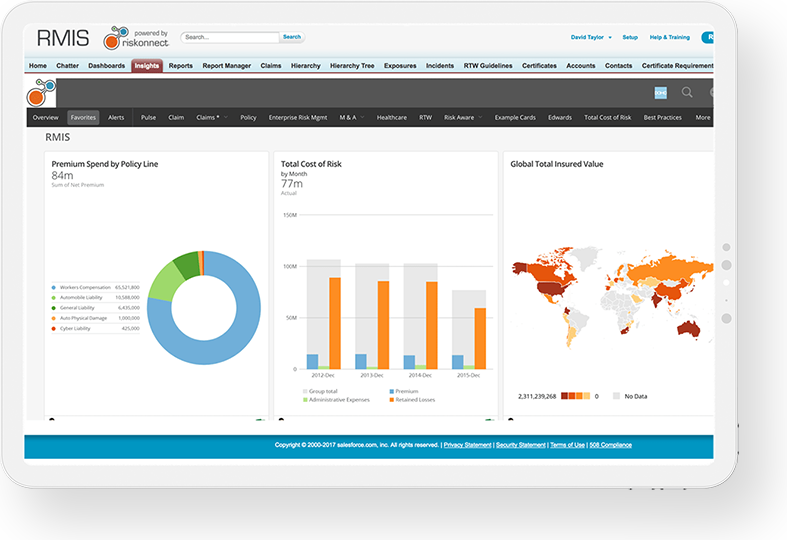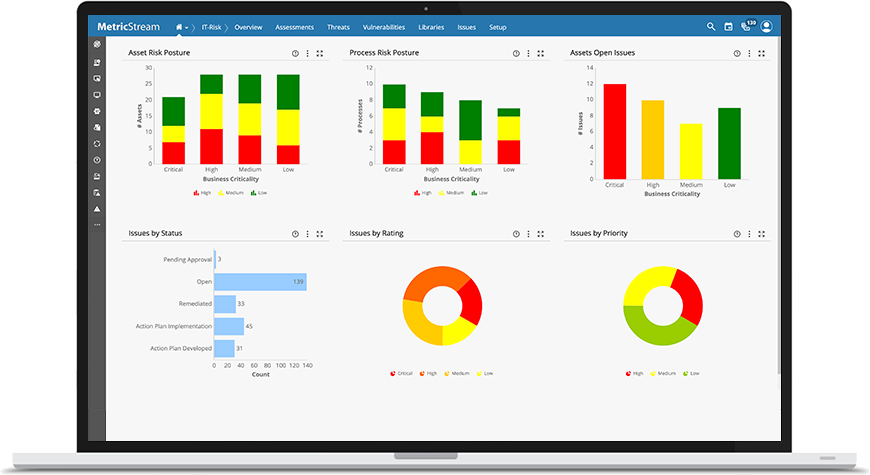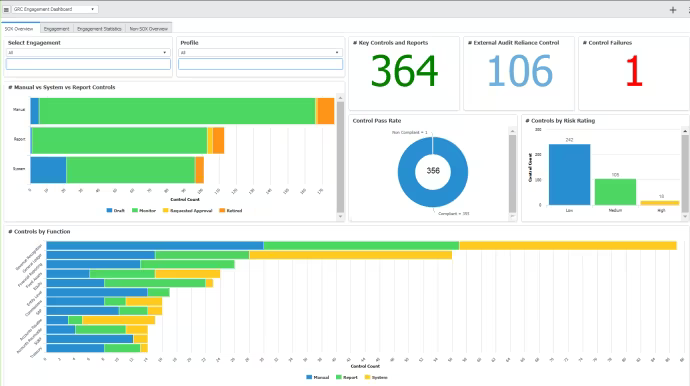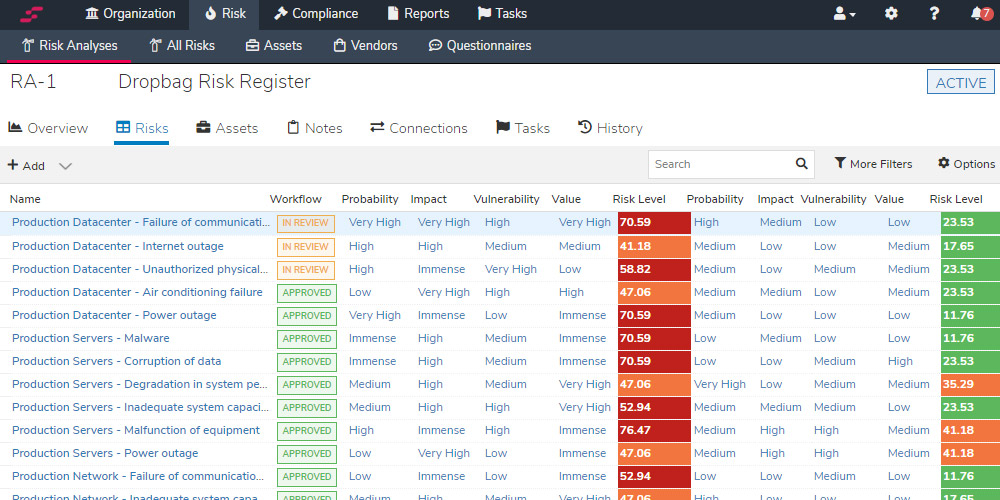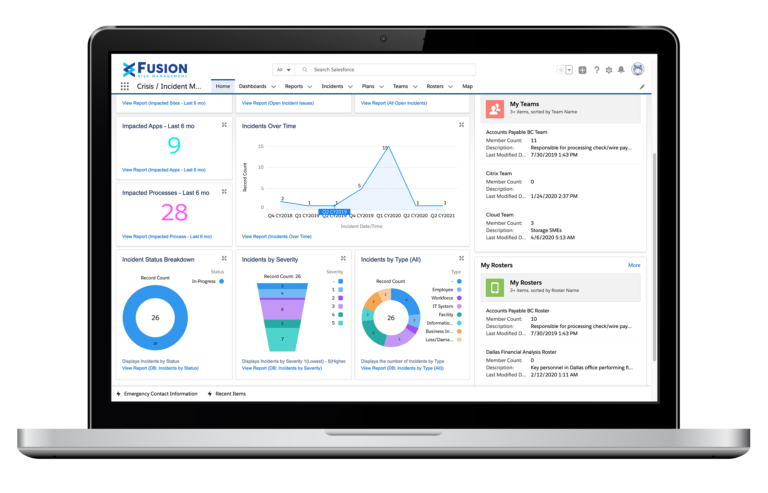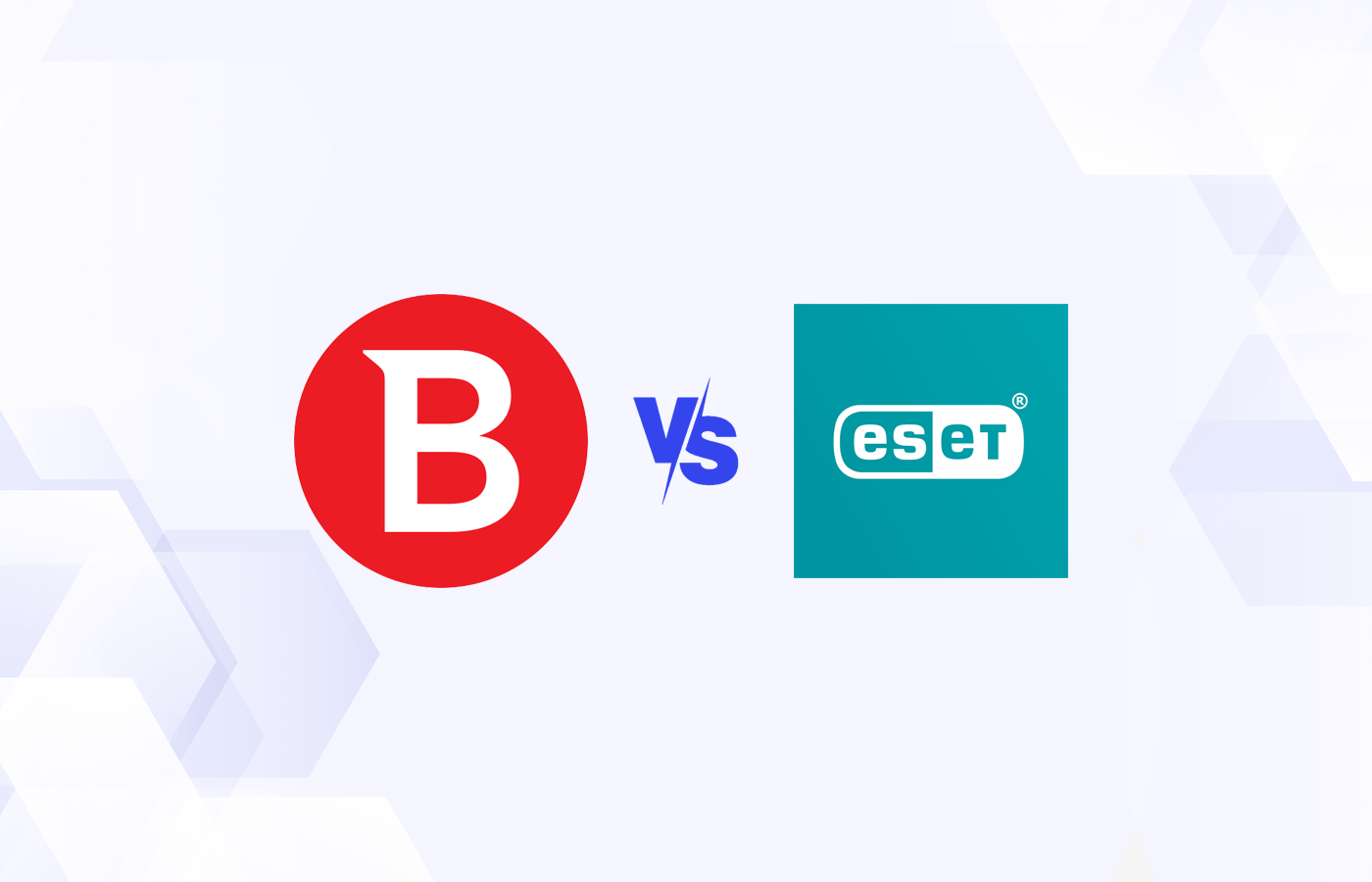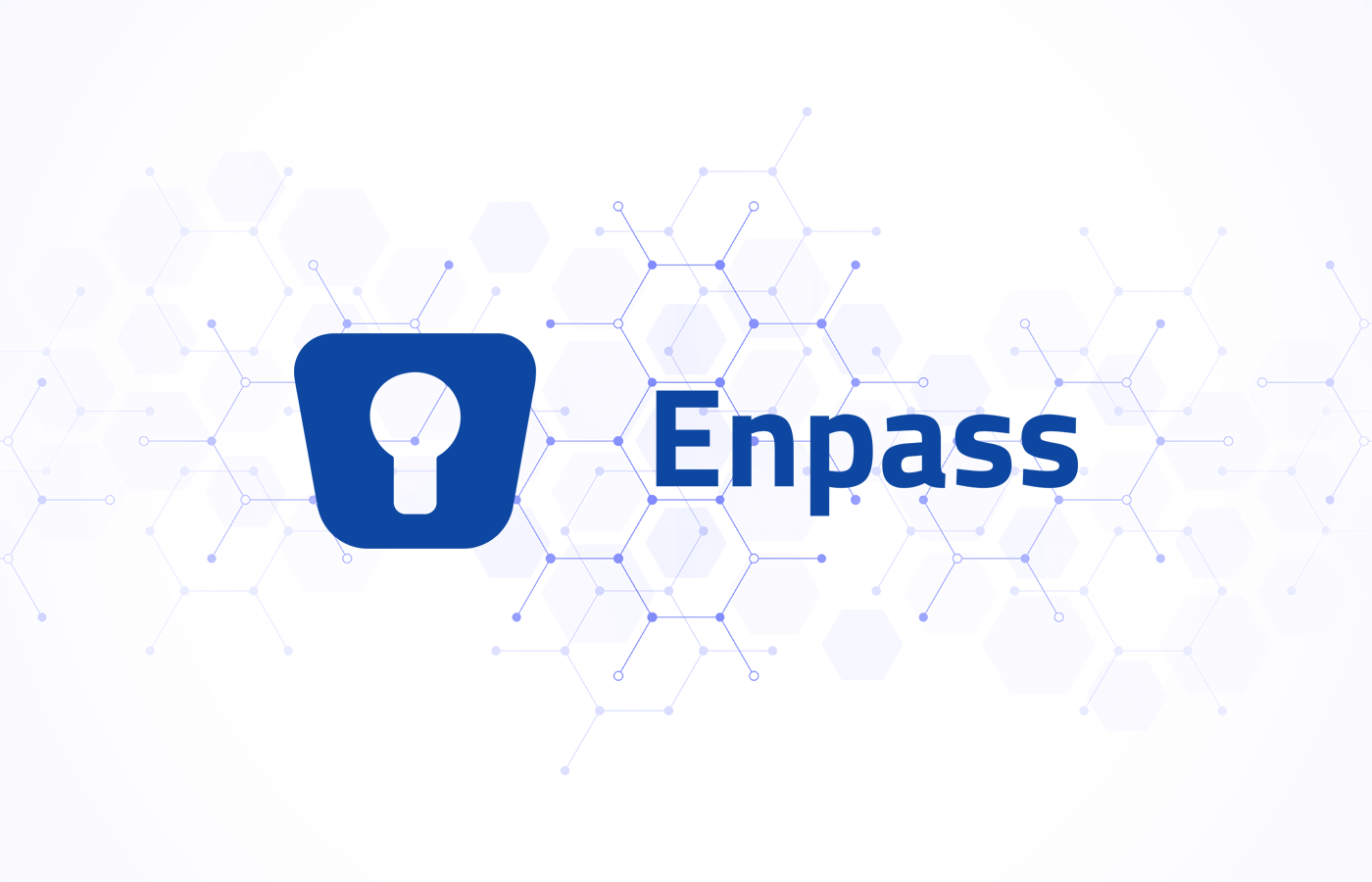Governance, risk and compliance (GRC) tools can help organizations manage risk and improve cybersecurity while documenting compliance with internal policies and data privacy regulations.
By automating GRC practices, GRC tools can help companies prevent the damage and huge fines and losses that can come from failing to protect personally identifiable information (PII) and critical company data.
Many organizations don’t have a good handle on the data they have or how they’re required to protect it. GRC software can give businesses a plan for protecting their most sensitive data, addressing security vulnerabilities, and for limiting damage in the event of a breach.
Here, in our analysis, are the top 10 GRC solutions, followed by features and issues buyers should consider as they look for a GRC tool.
- RSA Archer: Best for Breadth of Features
- LogicManager: Best for Risk Reporting
- Riskonnect: Best for Internal Auditing
- SAP GRC: Best for Real-time Visibility and Control
- SAI360: Best for Monitoring Third-party Access
- MetricStream GRC: Best for Flexibility and Customization
- Enablon GRC: Best for Continuous Assessment
- ServiceNow: Best for Automation
- StandardFusion: Best User Experience
- Fusion Framework: Best GRC tool for Visualization
Top Governance, Risk and Compliance (GRC) Tools Comparison Chart
| Best for | Enterprise risk management | Audit management | Third party management | Analytics | Mobile app | Starting price | |
|---|---|---|---|---|---|---|---|
| RSA Archer | Breadth of features | Yes | Yes | Yes | Yes | Yes | $30,000 |
| LogicManager | Risk Reporting | Yes | Yes | Yes | Yes | No | $10,000 |
| Riskonnect | Internal Auditing | Yes | Yes | Yes | Yes | Yes | Not provided by vendor |
| SAP GRC | Real-time visibility and control | Yes | Yes | Yes | Yes | Yes | Not provided by vendor |
| SAI360 | Employee training and monitoring third-party access | Yes | Yes | Yes | Yes | Yes | Not provided by vendor |
| MetricStream GRC | Flexibility and customization | Yes | Yes | Yes | Yes | Yes | $180,000 for 36 months |
| Enablon GRC | Continuous assessment | Yes | Yes | Yes | Yes | Yes | Not provided by vendor |
| ServiceNow | Automation | Yes | Yes | Yes | Yes | Yes | Not provided by vendor |
| StandardFusion | Usability and user experience | Yes | Yes | Yes | Yes | Yes | $1,500 per month |
| Fusion Framework System | Visualization | Yes | Yes | Yes | Yes | Yes | $30,000 per year |
Archer – Best GRC for Extensive Features
Private equity group Cinven recently acquired RSA’s Archer Suite, now operating as Kansas-based Archer Technologies LLC. Archer offers nine risk management solution areas, with four platform options, from streamlined through enterprise. Archer removes silos from the risk management process so that all efforts are streamlined and the information is accurate, consolidated, and comprehensive. The platform’s configurability enables users to quickly make changes with no coding or database development required.

Pros
Cons
LogicManager – Best GRC for Risk Reporting
LogicManager’s GRC solution has specific use cases across financial services, education, government, healthcare, retail, and technology, among other industries. Like other competitive GRC solutions, it speeds the process of aggregating and mining data, building reports, and managing files.
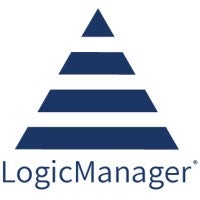
Pros
Cons
Riskonnect – Best GRC Tool for Internal Auditing
The Riskonnect GRC platform has specific use cases for risk management, information security, compliance, and audit professionals in healthcare, retail, insurance, financial services, and manufacturing. It integrates the governance, management, and reporting of performance, risk, and compliance processes company-wide.
Strategic analytics (built into the platform through Riskonnect Insights) provide intelligence by surfacing, alerting, and visualizing critical risks to senior leadership. Riskonnect also boasts tight integration with the Salesforce CRM platform.

Pros
Cons
SAP GRC – Best GRC for Real-time Visibility & Control
For large enterprises, SAP’s GRC offering is a robust suite of tools that provide real-time visibility and control over business risks and opportunities. SAP’s in-memory data access provides top-of-the-line big data and predictive analytics capabilities tied to integrated risk management.
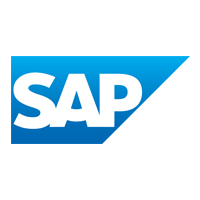
Pros
Cons
SAI360 – Best GRC for employee training & monitoring third-party access
SAI360 from SAI Global offers three different editions of its platform to suit a variety of needs, from small businesses needing just the basics to large enterprises needing major customization.
SAI360 catalogs, monitors, updates, and manages a company’s operational GRC needs. It’s specifically focused on monitoring third parties with access to your systems, automating workflows to fill any gaps you might be missing, and creating a culture of compliance best practices among your internal teams.

Pros
Cons
MetricStream GRC – Best GRC for Flexibility & Customization
MetricStream’s platform is best for organizations that have unique requirements for different sets of users, including auditors, IT managers, and business executives.
MetricStream’s GRC platform is centered around three dimensions of risk: the waves of risk (financial, cyber, human health, and environmental); stakeholder engagement; and organizational agility. This kind of structuring helps you focus on what’s most important at any given moment.

Pros
Cons
Enablon GRC – Best GRC for Continuous Assessment
Enablon GRC is best aligned with businesses of all sizes and industries that place a strong emphasis on sustainability. While it has powerful automation capabilities that reduce—if not eliminate completely—the need for manual processes, Enablon truly shines with its dashboards and reporting tools.
The GRC platform will analyze your data from the top-down or from the bottom-up with the click of a button and help you identify high-level trends with speed and precision. Then you can download relevant data sets and export them as spreadsheets, PDFs, or presentations.

Pros
Cons
ServiceNow – Best GRC Tool for Automation
ServiceNow, as the name implies, strives to provide the insight you need now. It uses sophisticated monitoring, automation, and analysis tools to identify risks in real-time, so you can respond to them as efficiently as possible.
ServiceNow GRC simplifies workflow management and tracking for collaboration with internal and external teams and also serves as a valuable project management tool in many cases. Its reporting tools leave something to be desired and could use improvement with its data visualization, but overall it is regarded as a powerful force in the GRC market.

Pros
Cons
StandardFusion – Best GRC for Usability & User Experience
StandardFusion offers a range of GRC features for everything from small businesses to enterprises. Ease of use and deployment makes it a strong option for SMBs, but more advanced features will appeal to enterprises too.
It streamlines compliance standards for multiple regulations, including GDPR, HIPAA, NIST, CCPA, and many others. Unlike some GRC vendors, StandardFusion has a very transparent pricing structure, so you won’t be surprised by hidden costs or unexpected fees. User reviews have been very positive, rating the company well above average for ease of use, deployment and support, among other features.
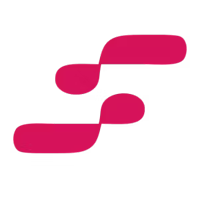
Pros
Cons
Fusion Framework System – Best GRC for visualization
The Fusion Framework System is built on Salesforce Lightning, so it’s an ideal solution for organizations that are already using the newest Salesforce interface.
With the Fusion Framework System, users can map their business from top to bottom and visualize relationships, dependencies, and opportunities. Its click-to-configure user interface and guided workflows make Fusion Framework very user-friendly, and its integrations with other platforms add value to an already flexible tool.

Pros
Cons
What is GRC Software?
Governance, risk, and compliance (GRC) software helps businesses manage all of the necessary documentation and processes for ensuring maximum productivity and preparedness. Data privacy regulations like the EU’s General Data Protection Regulation (GDPR) and the California Consumer Privacy Act (CCPA) can be hard to navigate for businesses of any size, but GRC tools can simplify and streamline adherence with all compliance demands.
GRC tools are also useful for preventing and addressing vulnerabilities that will inevitably impact your systems, resources, and stakeholders. Further, managing the short-term and long-term policies and procedures of your organization can be challenging without an effective GRC strategy in place.
See the Top Vulnerability Management Tools
What Do GRC Tools Include?
Whether you have a small business or a large enterprise, governance, risk management, and compliance will play some role in your business operations and preparedness. As Benjamin Franklin once said, “If you fail to plan, you plan to fail,” and GRC strategies thus help your business avoid failure. This happens through planning for organizational structure, vulnerability monitoring and response, and reporting requirements.
Learn How To Improve Governance, Risk, and Compliance
Governance Management
Governance describes the top-down approach to managing your organization. Your business’s governance strategy is composed of all the business processes and policies that are structured, implemented, and maintained to preserve productive relationships among all stakeholders. It creates a framework that enables your business operations to run like a well-oiled machine. It also ensures that the top officials are receiving the most accurate information needed to make decisions quickly and effectively.
Risk Management
Risk management refers to the measures put in place to prevent, detect, and respond to vulnerabilities that can impact your organization from all perspectives. Specifically, risk management monitors all departments – most importantly IT, finance, and HR – to ensure your broader business goals won’t be impeded or compromised.
It considers all internal risks as well as those presented by working with third-party vendors. This is important because when you choose to work with a third-party vendor, you need to make sure they can be entrusted with your organization’s information and resources. Otherwise, you may be faced with costly data breaches, operational failure, or regulation non-compliance.
In addition to addressing the risks themselves, risk management also involves mitigating any consequences or potential impact on your organization’s infrastructure, resources, and stakeholders.
See the Best Third-Party Risk Management Software & Tools
Compliance Management
Compliance involves your business’s ability to fulfill the obligations set forth by government regulations. It relies heavily on documenting all efforts to meet relevant standards, usually concerning data protection and privacy. Such regulations include the EU’s General Data Protection Regulation (GDPR), the CAN-SPAM Act, the California Consumer Privacy Act (CCPA), and the Health Insurance Portability and Accountability Act (HIPAA).
Also Read: 34 Most Common Types of Network Security Protections
What Is the Purpose of GRC?
To use an example of a functional GRC strategy in action, imagine a fictional retail business that sells vitamin supplements. The narrowest component, compliance, ensures that any data they collect is purposeful, the way they store the data is secure, and the way they use the data is appropriate. If they collect health information about prospective customers to match them with the right kinds of vitamins, compliance will help them meet all HIPAA requirements.
The risk management component monitors the security of the business’s infrastructure and technology, the activities of internal teams, and the suitability of prospective external partners. If there’s a phishing attempt that targets the company’s email system, the risk will be recorded, assessed, and dealt with in a way that minimizes damage to the internal systems and information. If there is damage, the risk management strategy will also help recovery efforts regarding the impacted technology and data itself as well as any reputational rehabilitation that may be required.
Perhaps most broadly, the corporate governance component helps the business’s leadership manage the company’s success in meeting short-term and long-term goals. It provides an overview of the financial and operational status at any given moment so that all teams are aware of urgent needs or areas for improvement. It also ensures all internal policies are being upheld and enforced, like paid time off and technology use. Not only does the governance framework promote accountability and corporate integrity, but it also helps optimize the business’s performance.
Overall, a GRC strategy helps make sure every action, resource, and stakeholder is aligned with the business’s broader company objectives.
Which Industries Typically Need GRC Tools?
While finance, healthcare, and manufacturing are probably the first industries that come to mind when you hear risk and compliance, nearly every industry has risk and at least some compliance requirements, so every industry needs some type of GRC tool in place. For example, retailers have PCI DSS compliance to contend with in order to accept credit card information, and any business that interacts with Europe in any way has to abide by GDPR.
GRC software may not be a priority for small businesses, especially those in industries that are not heavily regulated. Typically, their risk and compliance needs can be handled with basic cybersecurity software and business continuity plans. However, enterprises that don’t currently have a GRC framework in place should add the tools as soon as possible. Without them, they’re leaving themselves vulnerable to risk and could compromise their clients’ data.
Features of GRC Software
Most of the vendors listed above have been recognized in the Gartner Magic Quadrant for IT risk management as well as Forrester’s GRC Wave. What helps these platforms gain recognition? According to Forrester, a GRC solution should have the breadth and depth to support a wide range of GRC use cases, capabilities to align GRC efforts across multiple business functions, and advanced risk analysis. Most GRC programs employ some combination of features in the following areas to accomplish these goals:
- Risk and control management
- Document management
- Policy management
- Audit management
- IT risk management
- Third-party risk management
- Risk scoring
- Workflow
- Dashboards and reports
- Preconfigured and custom integration
- End-user experience
How To Choose a GRC Solution
With so many GRC solutions in the market today, it can seem like a challenge to know where to begin. Thankfully, there are a few discerning factors that can identify the solution that will be best for you from the crowd.
Ease Of Use
As with many things, a GRC technology is effectively pointless if you can’t figure out how to use it. Once you’ve narrowed your list down to a few platforms, a demo or free trial period might help you discern which one will best match your team’s needs. Pay attention to how accessible the different features are, how everything works together, and how intuitive the platform feels as a whole. Your needs and technical expertise will help guide the solution choice too.
Mobile Application
In today’s mobile world, a GRC platform that offers support for all of your devices is an advantage. When you (and your team) are able to manage your organization’s governance, risk, and compliance efforts from anywhere, you can have peace of mind knowing you’ll be able to address any issues that may arise even when you’re on the go.
Delivery Method
Cloud-based software is the way of the future, so you’re unlikely to find a competitive GRC platform that is not delivered as a Software as a Service (SaaS) product. Here’s why that’s important: SaaS solutions are more cost-effective, easier to implement, and much more flexible to grow alongside your business. Additionally, the SaaS GRC vendor will be responsible for the day-to-day maintenance of the platform itself, meaning your team can focus on the bigger priorities at hand.
Security
A functional GRC platform means all of your organization’s vulnerabilities and regulatory efforts are managed from one place. If that platform is compromised, that means your company’s weaknesses are at risk of being exploited. To avoid these harrowing situations, your GRC platform should include external security features like encryption and user access management. When configured correctly, these security measures will prevent costly breaches and exposures.
Cost
Obviously budget is a major consideration when implementing any kind of technology. The ROI of a GRC platform is a bit hard to measure because you don’t normally think about how well it’s working until something goes wrong. So rather than thinking about how much it costs, also consider the cost of not implementing a GRC platform.
Customer Support
Much like the significance of a GRC platform’s ease of use, the customer support the vendor provides will also determine how effective it is. When something breaks or isn’t working as it should, how will your team be able to fix it? Will there be dedicated support staff at the ready? Is there adequate documentation to guide the troubleshooting process? How quickly and effectively will your needs be addressed? These questions may prove useful when evaluating a platform’s customer support capabilities. Look for service-level agreements to help you answer these questions.
Automation
With the massive amounts of data and events affecting an organization, automation is becoming increasingly important. GRC with automation capabilities will be able to send you alerts the second a vulnerability is identified so your team can jump into action. It can also perform data validation and auditing operations in the background. This means your team won’t have to spend time on manual processes and can instead focus on long-range innovations and more impactful projects. It also ensures that the information you’re reviewing is thorough, consolidated, and free of human error.
Bottom Line: GRC Tools
GRC is more than a software platform or a set of tools. In fact, GRC is effectively a broad framework that helps with decision-making processes, emergency preparedness, and collaboration across all segments of a business.
Any organization, regardless of industry or size, can benefit from a GRC strategy. It will help you optimize performance, stay up-to-date with all compliance requirements, and be proactive in preventing and addressing all threats to your organization. To keep customer data safe, and in turn keep their confidence, you’ll need the right set of GRC tools.
See the Top Cyber Insurance Companies
This updates a June 9, 2022 article by Kaiti Norton



